Developed in line with the motto "as light as possible, and as solid as necessary", we rely on a smart design and choice of materials. Where possible, we use lightweight fabric, with sturdier cloth in the areas of heavier wear. This way we can guarantee long durability, high performance and easy handling with little weight. The paragliders are light, fully usable for everyday flying AND durable.
What we mean by that is, for example, Nitinol. This material can be bent when packing the equipment, but it always returns to its original shape. This characteristic can be very useful! In paragliders, the high-quality Nitinol rods replace the usual nylon rods. They are even more robust and ensure an optimally shaped airfoil contour. In harnesses, the properties of Nitinol are used, among other things, to ensure that the airbag fills with air before take off.
One obvious advantage of two-liners is the reduction of drag caused by the lines. More important is the increased stability and the possibility of B-steering. The B-handles can be used to increase the angle of attack very directly and quickly without deforming the airfoil. Consequently, you can fly faster with the two-liner in lively air than with a three-liner.
NOVA Air Scoop is an optimised air intake, which increases the internal wing pressure. NOVA's Air Scoop principle is similar to the ram-air inlet duct on a sports car: increased airflow produces higher pressure. Higher internal pressure in a paraglider means improved performance through increased structural stability and collapse resistance.
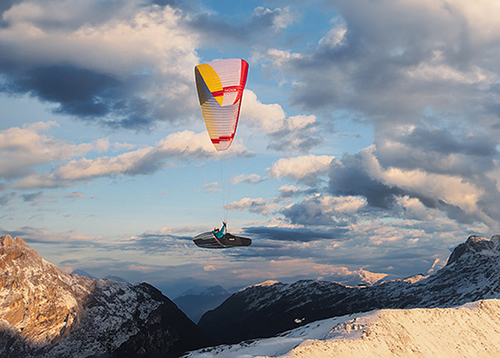
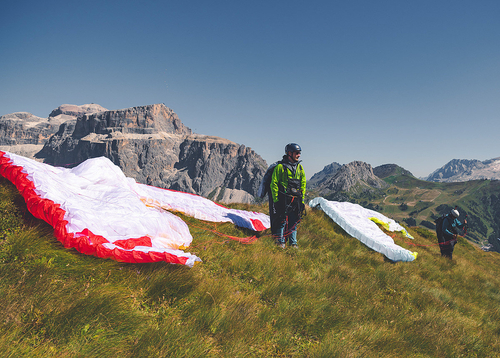
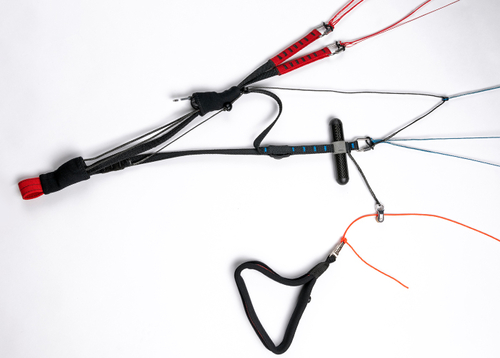
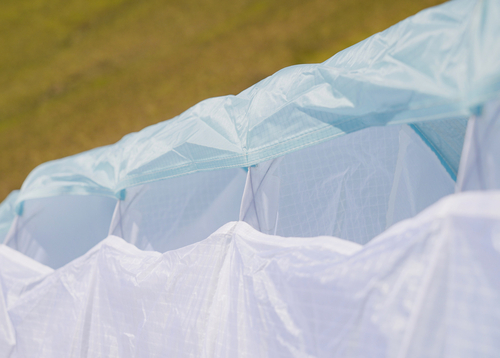
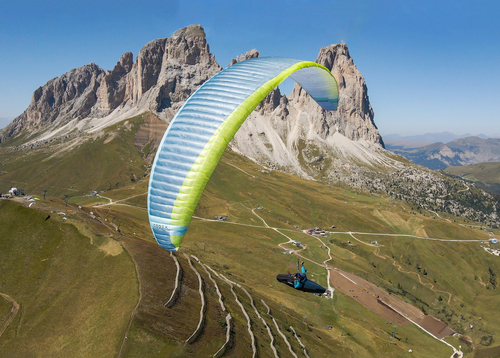
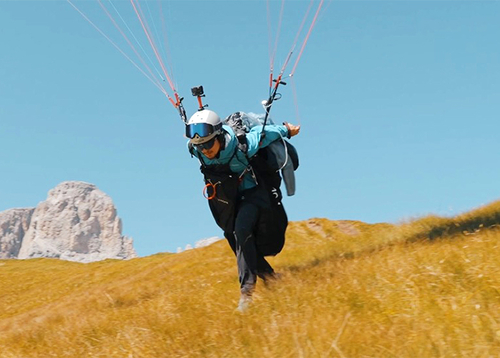
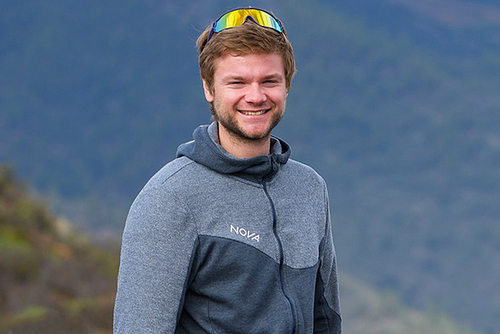
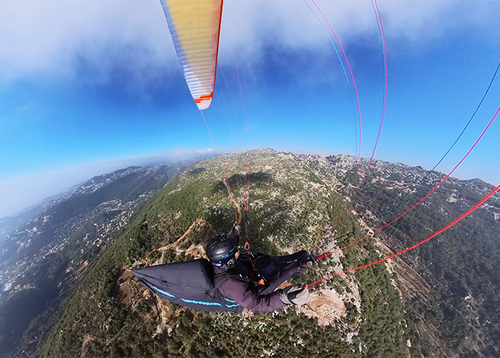
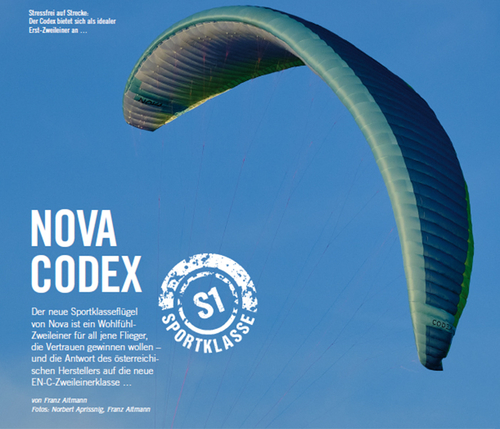
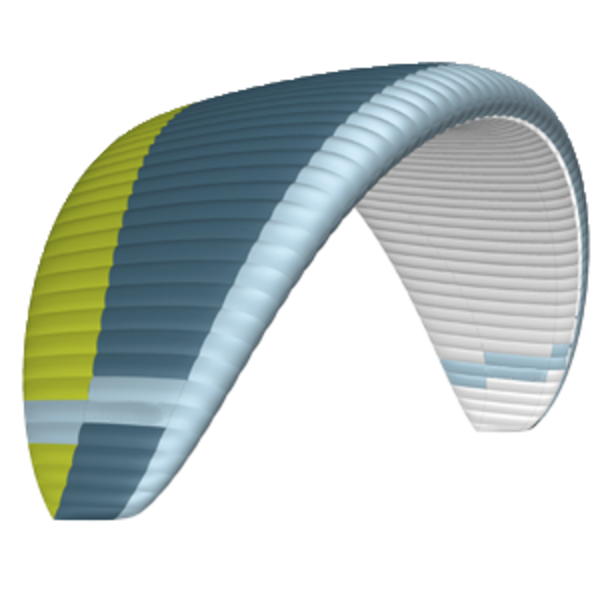 Blue
Blue
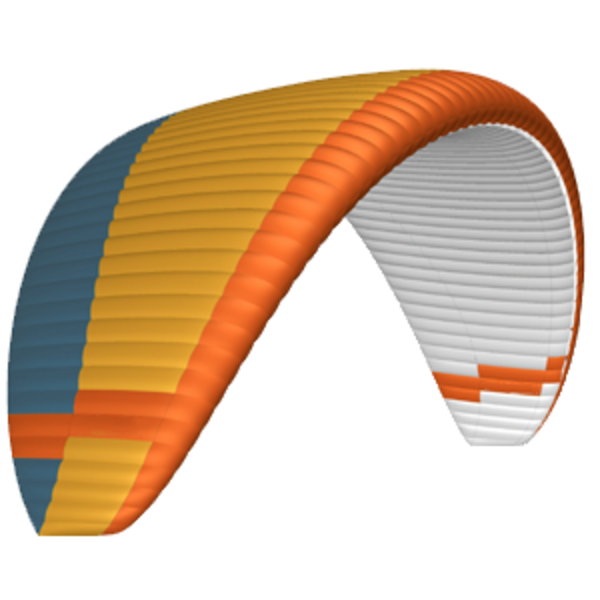 Gold
Gold
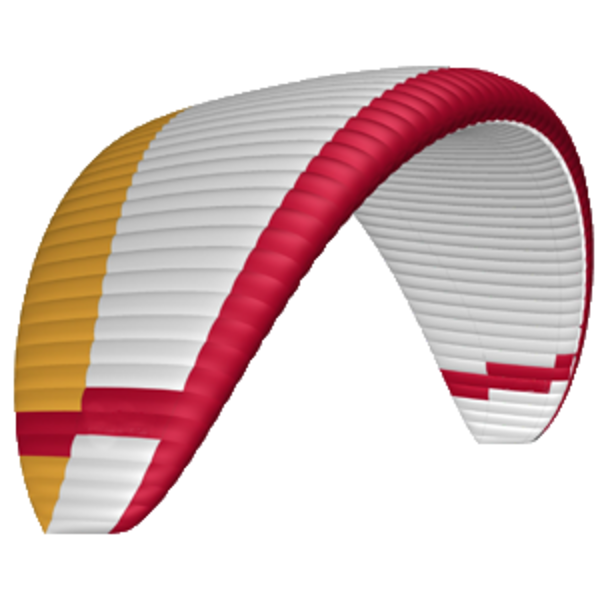 White
White
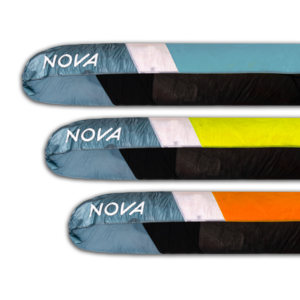 Concertina Bag Light.
Concertina Bag Light.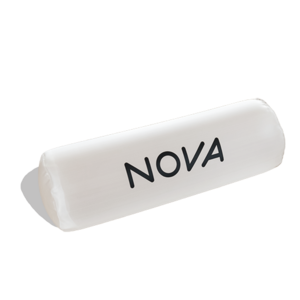 Pack Roll.
Pack Roll.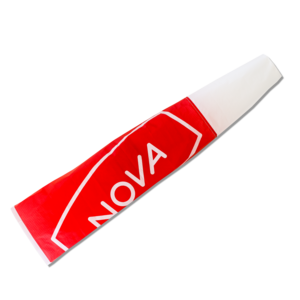 NOVA windsock.
NOVA windsock.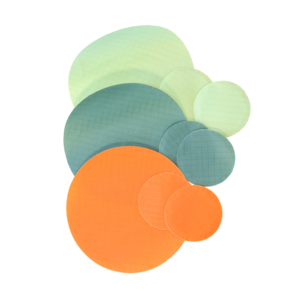 Repair kit.
Repair kit.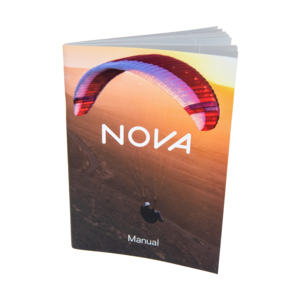 Manual.
Manual.